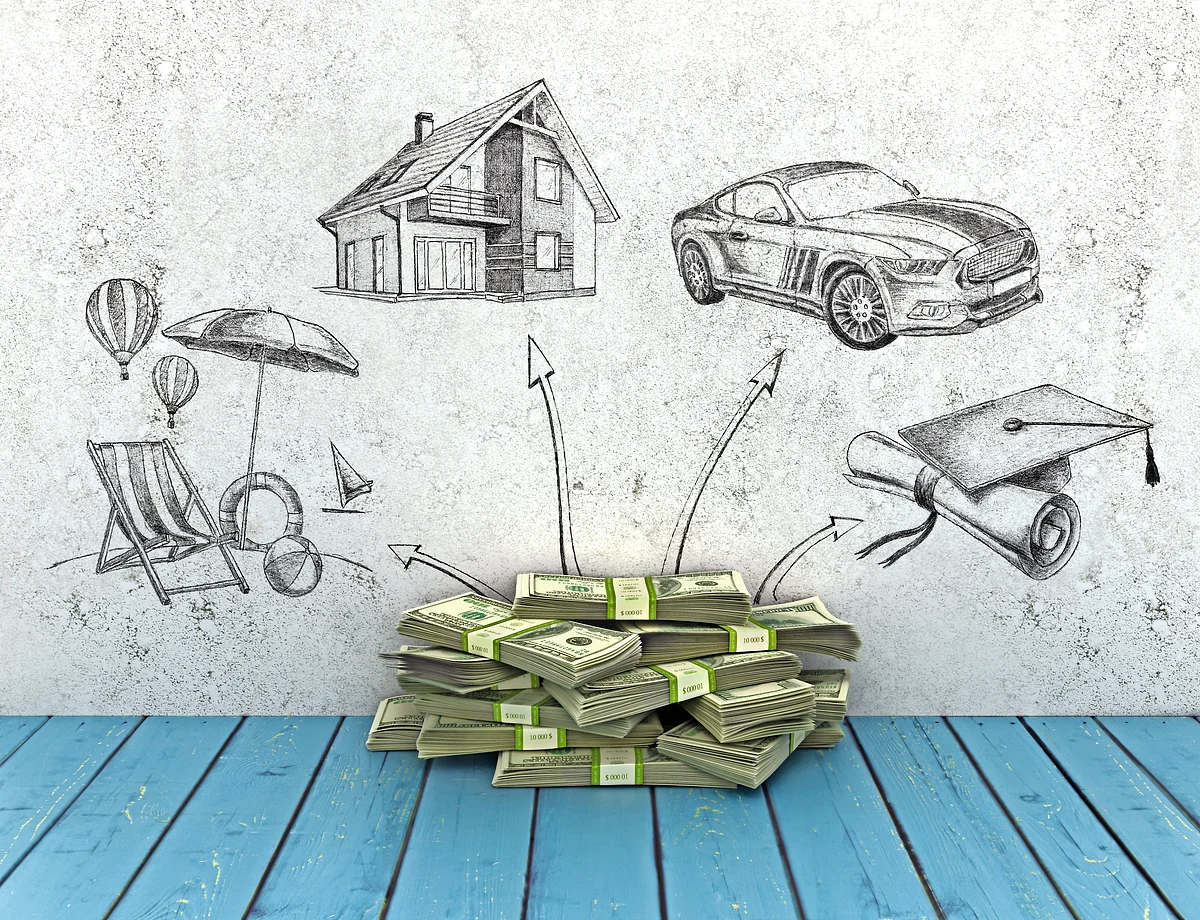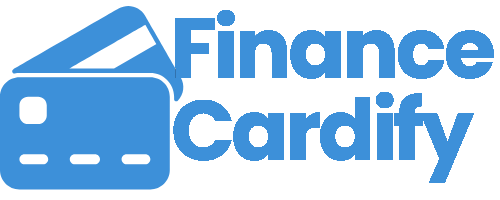Debt is a powerful tool. In its simplest form, it’s a financial instrument that allows you to acquire something now in exchange for a promise to pay for it later, often with interest. While debt is often painted in a negative light, it’s not inherently bad. When used wisely, it can be a catalyst for financial growth, helping you achieve major life milestones like buying a home, funding an education, or starting a business. However, when managed poorly, it can become a heavy burden, hindering your financial progress and causing significant stress.
The key to a healthy relationship with debt lies in understanding its two main forms: good debt and bad debt. This distinction isn’t about morality; it’s about the purpose and the potential return on your investment.
Good Debt vs. Bad Debt
Good debt is typically an investment in your future. It’s used to acquire assets that are likely to increase in value or to generate future income. The classic examples include:
- Mortgages: A mortgage allows you to purchase a home, which historically has been a appreciating asset. As you pay off the loan, you build equity, which is a key component of your net worth.
- Student Loans: An education can significantly increase your earning potential over your lifetime. While student loans can be substantial, the return on investment (ROI) from a degree often outweighs the cost of the debt.
- Business Loans: Taking out a loan to start or expand a business can be a smart move, as the business is expected to generate revenue and profits that will eventually cover the loan and create wealth.
In contrast, bad debt is used to finance things that quickly lose value or provide no financial return. This type of debt is a drain on your finances and should be avoided whenever possible. Examples include:
- High-interest credit card debt: Carrying a balance on a credit card for everyday expenses is a common form of bad debt. The interest rates are often exorbitant, and the items purchased, like clothes or electronics, depreciate rapidly.
- Auto loans for luxury cars: While an auto loan can be a necessity, financing an expensive, high-depreciation vehicle is often considered bad debt. The car’s value plummets the moment you drive it off the lot.
- Payday loans: These are short-term, high-cost loans that can trap borrowers in a cycle of debt due to their extremely high interest rates and fees.
The fundamental difference is that good debt is an investment, while bad debt is a liability. Understanding this distinction is the first step toward smart borrowing.
The Core Principles of Smart Borrowing
Now that you know the difference between good and bad debt, let’s explore the principles that will guide you in using debt as a tool, not a trap.
1. Understand the True Cost of Borrowing
When you take out a loan, the sticker price isn’t the only cost. The true cost includes the principal amount plus all the interest and fees. The Annual Percentage Rate (APR) is a key metric to look at, as it represents the total cost of the loan over a year. A lower APR means you’ll pay less in interest over the life of the loan. Always shop around and compare APRs from different lenders before committing.
2. Borrow with a Purpose and a Plan
Never borrow money without a clear purpose and a solid plan for repayment. Before you apply for a loan, ask yourself:
- What am I using this money for? Is it a good investment?
- Can I comfortably afford the monthly payments?
- What is my timeline for paying off this debt?
Having a well-defined plan helps you avoid taking on more debt than you can handle and ensures that your borrowing aligns with your financial goals.
3. Maintain a Healthy Credit Score
Your credit score is a three-digit number that tells lenders how reliable you are as a borrower. A higher score gives you access to better interest rates, saving you thousands of dollars over the life of a loan. To build and maintain a good credit score:
- Pay your bills on time, every time: Payment history is the most important factor in your credit score.
- Keep your credit utilization low: Try to use no more than 30% of your available credit.
- Don’t close old accounts: The length of your credit history positively impacts your score.
- Regularly check your credit report: This helps you spot and correct any errors that could harm your score.
4. Create a Debt Repayment Strategy
Once you have debt, having a structured repayment plan is crucial. Two popular methods are:
- The Debt Avalanche Method: This strategy focuses on paying off the debt with the highest interest rate first, while making minimum payments on all other debts. Once the high-interest debt is gone, you move to the next highest-interest one. This method saves you the most money in the long run.
- The Debt Snowball Method: With this approach, you pay off the smallest debt first, regardless of the interest rate, while making minimum payments on the others. The psychological win of eliminating a debt early on can motivate you to keep going.
Choosing the right method depends on your personal preferences and motivation. The most important thing is to have a plan and stick to it.
When to Avoid Debt
Even good debt isn’t always the right choice. There are times when it’s better to save up and pay with cash, especially for smaller purchases.
For example, while it might be tempting to finance new furniture, the interest you pay will likely outweigh any perceived benefits. A good rule of thumb is to avoid debt for anything that will be gone or worn out before the debt is paid off.
The Bottom Line
Debt is a complex topic, but with the right knowledge, it can be a valuable tool for building wealth and achieving your dreams. The key is to be an informed and responsible borrower. By understanding the difference between good and bad debt, planning your borrowing, maintaining a healthy credit score, and having a clear repayment strategy, you can use debt to your advantage and secure a stronger financial future.
Remember, the goal isn’t to be debt-free at all costs, but to use debt strategically to build a life you want to live.


